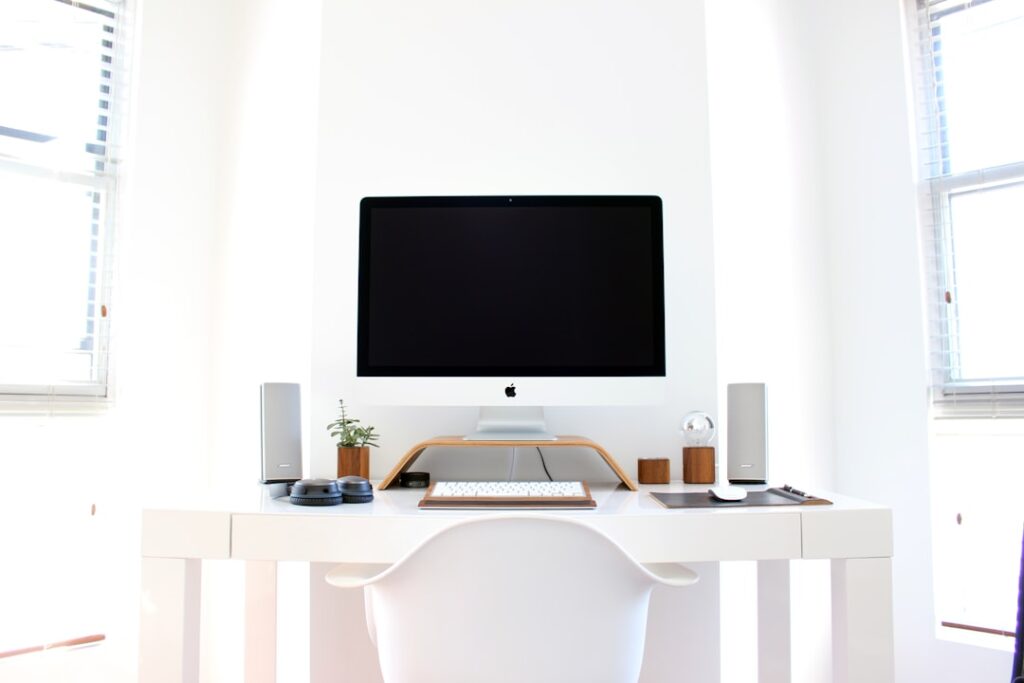Creating a functional and stylish home office is a common goal, but the associated costs can be daunting. This analysis examines various approaches, weighing the pros and cons of each to help you achieve your dream workspace without breaking the bank. We’ll delve into specific design choices, focusing on data-driven insights where available to inform your decision-making process.
Option 1: Repurposing Existing Space
-
Pros: This is arguably the most budget-friendly option. Transforming an unused spare room, a corner of a bedroom, or even a section of your living room eliminates the need for significant upfront investment in new furniture or renovations. Studies show that repurposing existing spaces can save homeowners an average of 30-40% on initial setup costs compared to building a dedicated office from scratch.
-
Cons: This option might compromise on dedicated workspace and storage. Integrating a home office into a shared space can lead to distractions and a lack of privacy. Moreover, depending on the existing space, you might need to invest in soundproofing solutions to mitigate noise disturbances.
Option 2: Affordable Furniture & DIY Solutions
-
Pros: Websites like IKEA and Wayfair offer a plethora of stylish and affordable furniture options. Furthermore, embracing DIY projects allows for significant cost savings. A quick online search reveals numerous tutorials for building a standing desk from scratch, customizing shelving units, or even creating unique storage solutions using repurposed materials. This approach can foster creativity and allow for a personalized touch.
-
Cons: DIY projects require time, skill, and sometimes specialized tools. The quality of some affordable furniture might be compromised, potentially impacting longevity and functionality. Poorly executed DIY projects could lead to wasted materials and increased frustration. A recent study by the American Home Improvement Association showed that DIY projects frequently overrun budget and timeline expectations if proper planning isn’t implemented.
Option 3: Strategic Sourcing & Secondhand Markets
-
Pros: Secondhand markets (e.g., Facebook Marketplace, Craigslist, consignment shops) are treasure troves of affordable and stylish furniture. You can often find high-quality pieces at significantly discounted prices compared to new purchases. This sustainable approach also contributes to reducing waste.
-
Cons: Finding the right pieces may require significant time and effort. There’s also the risk of purchasing damaged or low-quality items. Careful inspection and negotiation are essential when purchasing secondhand furniture. It’s important to note that you’ll need to account for any necessary repairs or cleaning.
Option 4: Prioritizing Essential Items
-
Pros: Focusing solely on essential items like a comfortable chair, a suitable desk, and adequate lighting allows for a budget-conscious approach. It prevents unnecessary spending on decorative items that don’t add to functionality.
-
Cons: This option might lead to a less aesthetically pleasing workspace. Lack of organization and storage solutions can negatively impact productivity and create clutter.
Conclusion:
Creating a functional and stylish home office without breaking the bank is achievable with careful planning and strategic choices. While each option presents its own set of advantages and disadvantages, the key to success lies in thoroughly evaluating your needs, setting a realistic budget, and weighing the trade-offs of different approaches. Repurposing existing space or leveraging secondhand markets often offers the greatest cost savings, but DIY projects and strategic purchasing can also contribute to building a productive and aesthetically pleasing workspace, tailored to your specific needs and budget. Remember to thoroughly research and plan before you begin to minimize potential setbacks.
Photo by Gabriel Beaudry on Unsplash

